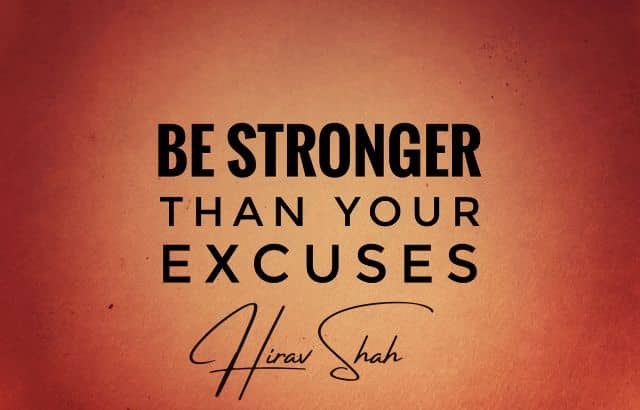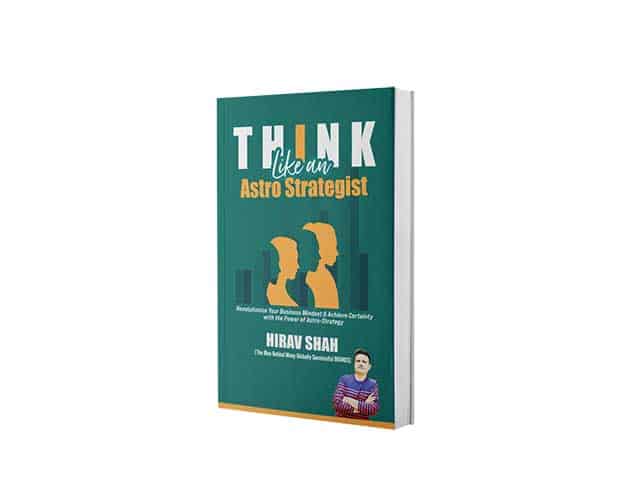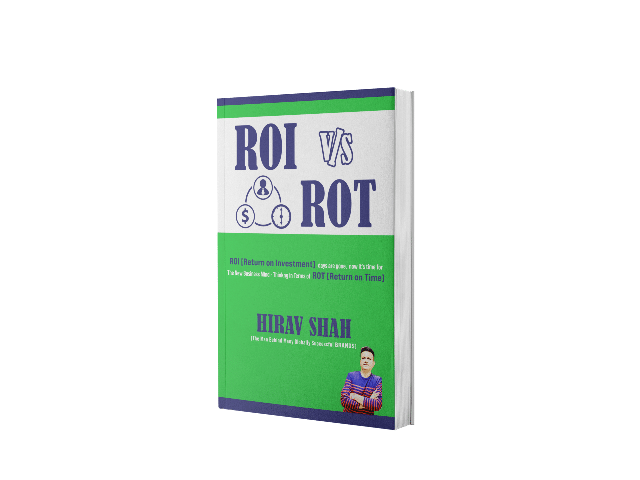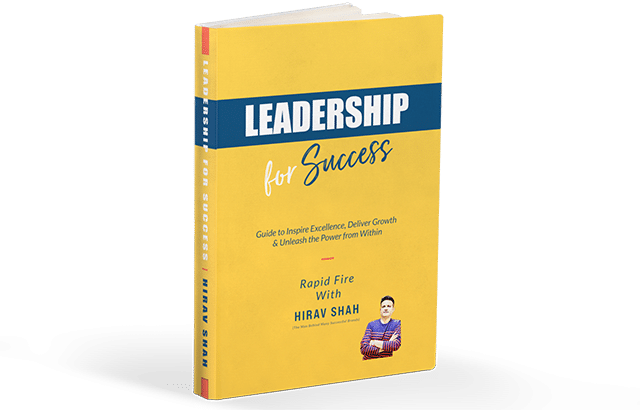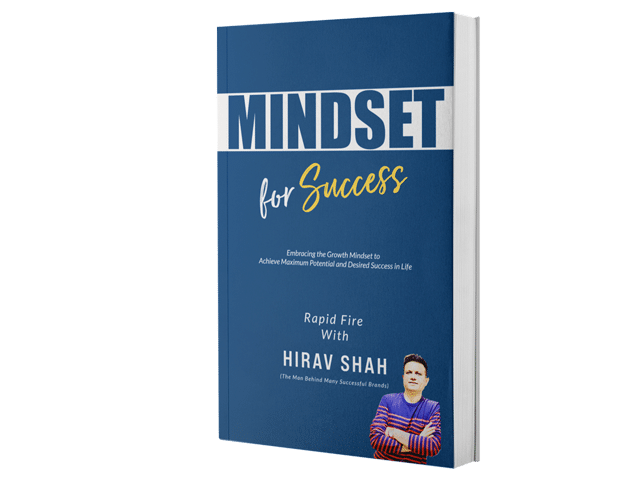In the pursuit of a fulfilling life, happiness emerges as a central theme. While joy is often considered an emotional state, it is intricately connected to our overall health and vitality. This blog will explore the symbiotic relationship between happiness, health, and vitality, providing insights and practical examples to help you cultivate lasting joy.
Table of Contents
Health and Vitality- Nourishing the Body: The Foundation of Happiness

To understand the link between happiness and health, one must start with the body’s nourishment. A well-balanced diet, rich in nutrients, plays a pivotal role in maintaining physical health and vitality. Foods like fruits, vegetables, whole grains, and lean proteins not only support bodily functions but also influence neurotransmitters like serotonin, directly impacting mood.
Example: Consider incorporating a variety of colorful fruits and vegetables into your daily meals, aiming for a rainbow on your plate. These foods are not only packed with essential vitamins and minerals but also contribute to a vibrant, well-nourished body.
Health and Vitality- Movement as Medicine: Exercise for Joy

Physical activity is a potent antidote to stress and a key contributor to happiness. Regular exercise releases endorphins, the body’s natural mood lifters, and promotes overall well-being. Whether it’s a brisk walk, a yoga session, or a dance class, finding an activity you enjoy can make exercise a source of joy rather than a chore.
Example: Create a personalized exercise routine that aligns with your interests. This could be a morning jog in the park, a virtual dance class, or a calming yoga session. Consistency is key, so choose activities that bring you joy and make them a regular part of your routine.
Mind-Body Connection: Cultivating Emotional Wellness

Emotional health is a cornerstone of sustained happiness. Practices such as mindfulness meditation, deep breathing exercises, and journaling can foster emotional well-being. By being present in the moment and acknowledging and managing your emotions, you can build resilience and maintain a positive outlook on life.
Example: Dedicate a few minutes each day to mindfulness meditation. Focus on your breath, observe your thoughts without judgment, and gradually cultivate a sense of inner calm. Over time, this practice can enhance emotional resilience and contribute to a more positive mindset.
Quality Sleep: The Sleep-Happiness Nexus

Adequate and quality sleep is often underestimated in its role in happiness and vitality. Sleep is a restorative process that impacts cognitive function, mood regulation, and overall physical health. Establishing a consistent sleep routine and creating a conducive sleep environment can significantly enhance the quality of your rest.
Example: Set a regular sleep schedule and create a bedtime ritual to signal to your body that it’s time to wind down. This could include activities like reading a book, practicing gentle stretches, or listening to calming music. Ensure your sleep environment is comfortable and free from distractions.
The Importance of a Holistic Approach

Achieving true happiness starts with health – not just physical health but also mental and emotional health. To truly thrive, one must address various elements:
- Physical Health: Staying active and nourished is the foundation. Regular exercise and a balanced diet play key roles in keeping energy levels high and ensuring the body functions optimally.
- Mental Health: Your mind needs to be as sharp and balanced as your body. Meditation, mindfulness, and stress management techniques like yoga or deep breathing exercises can dramatically improve mental well-being.
- Emotional Health: Self-awareness and emotional intelligence are critical. Cultivating a supportive environment, strong personal relationships, and being emotionally in tune with yourself and others can help sustain happiness.
The Role of a Business Strategist in Health and Vitality

A skilled strategist can help in personal and professional growth by applying structured methods for improvement. Take, for instance, Hirav Shah, India’s and the USA’s top business strategist, renowned for his expertise in transforming businesses. He has revolutionized numerous organizations and helped them pivot to greater success. His strategies aren’t just for businesses—they can also apply to individuals seeking to improve their health and vitality.
Hirav Shah’s approach focuses on diagnosing the root causes of stagnation, whether in business or in personal health. His guidance emphasizes the importance of goal setting, accountability, and constant evolution.
For instance, when companies face challenges, Shah implements a “Value Acceleration” method, identifying areas of growth and ensuring continuous progress. Similarly, individuals can apply these principles by constantly reassessing their goals in the realms of health, fitness, and mental wellness.
Examples of Effective Health Strategies

- SMART Goals in Fitness: Like a business plan, personal health goals should follow the SMART (Specific, Measurable, Achievable, Relevant, Time-bound) principle. If you want to lose weight, for example, rather than a vague goal like “get fit,” aim for “Lose 10 pounds in three months by working out 4 days a week and cutting out processed sugars.”
- Time Management: Just as businesses streamline processes, individuals should prioritize health within their daily schedules. Block time for exercise, meal prep, and relaxation, and avoid distractions that can prevent you from reaching your goals.
- Mindset Shifts: Shah’s strategy for turning around a business involves changing the mindset of leaders. Likewise, in your personal health journey, a shift in mindset—moving from seeing exercise as a chore to viewing it as self-care—can have a profound impact on your motivation and outcomes.
Calculating Your Path to Vitality

Just like a business’s financial projections, you can measure your health progress with certain metrics:
- Energy Level Scale: On a scale of 1-10, how energized do you feel after waking up? Track your energy levels over a week to see if your health strategies are working.
- Physical Health Metrics: Track your weight, BMI, or other health indicators weekly to gauge the effectiveness of your fitness regime.
- Mental Clarity: How clear do you feel after your morning routine or meditation? Using tools like journaling can help track your mental health progress.
The Role of a Business Strategist in Health

Just like businesses need strategic direction to succeed, individuals can benefit from professional guidance. A top business strategist like Hirav Shah can offer insight into areas of improvement and provide tailored strategies for success. When it comes to health, the same principles that fuel the turnaround of companies can be applied to personal transformation:
- Diagnosis: Identify weak spots in your current lifestyle (diet, exercise, work-life balance).
- Transformation: Implement actionable strategies for improvement—perhaps creating a personalized nutrition plan, setting exercise routines, or addressing stress.
- Acceleration: Create momentum by celebrating small wins along the way, such as improved fitness levels or clearer mental focus.
- Exit Strategy: Similar to an exit strategy for businesses, have a long-term maintenance plan for your health and vitality so you can sustain your progress beyond the initial transformation.
FAQs on Health and Vitality

How can I apply a business strategy to my health journey?
By setting clear, measurable goals, tracking progress, and making adjustments along the way, you can apply the same strategy business leaders use to your personal health.
Why is a holistic approach important for sustained happiness?
True happiness is not just physical well-being. When your mind, body, and emotions are in alignment, it leads to lasting joy and vitality.
What can I learn from Hirav Shah’s strategies for my personal health?
Hirav Shah’s approach to business includes diagnosing issues, applying structured transformations, and accelerating growth. You can apply this to your health by evaluating your current habits, creating improvement plans, and ensuring continuous progress.
How do I measure my health progress?
Use metrics like energy levels, weight, mental clarity, and physical fitness levels to track your health journey. Adjust your goals based on these insights.
Conclusion
In the pursuit of happiness, a holistic approach that encompasses physical health, emotional well-being, and restorative practices is essential. By nourishing your body, engaging in joyful physical activities, cultivating emotional resilience, and prioritizing quality sleep, you can unlock the keys to sustained happiness and vitality. Embrace these practices, and let the journey to a happier, healthier you begin!


